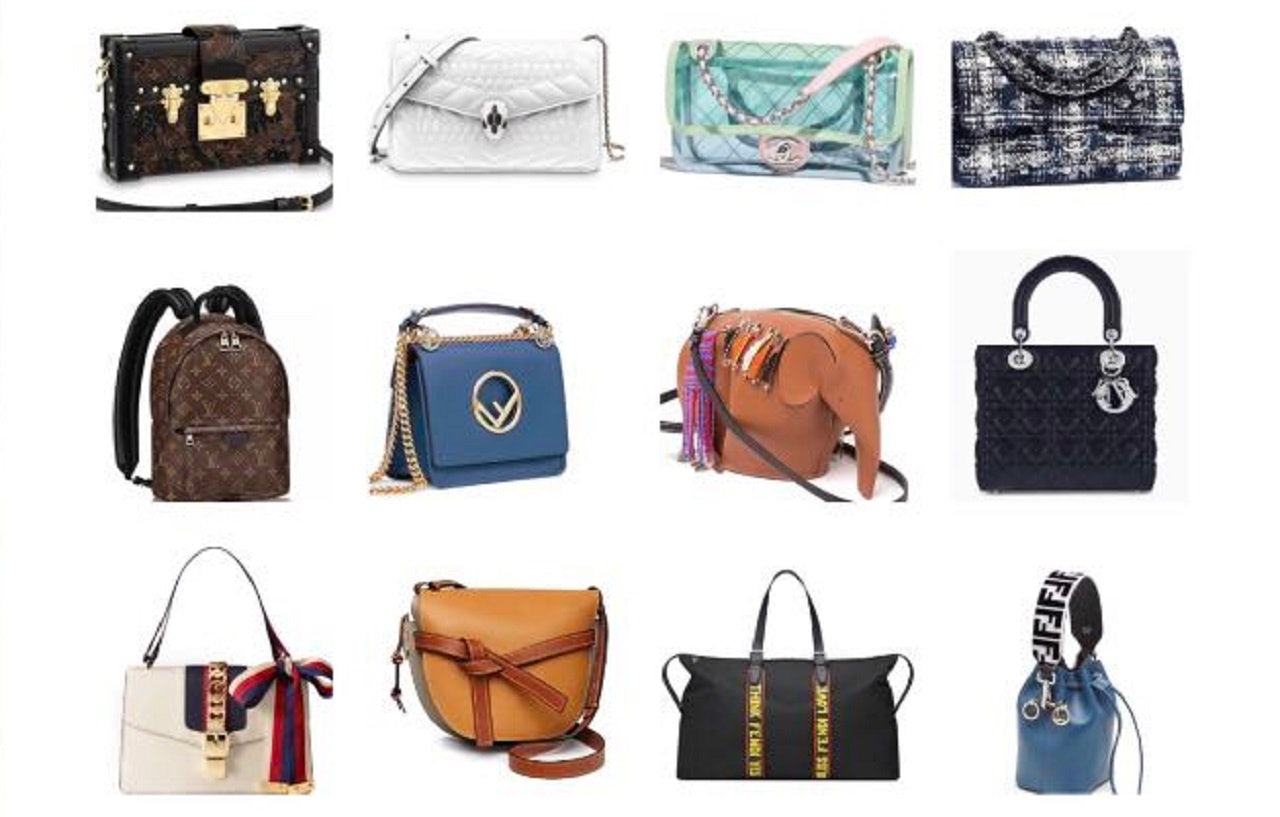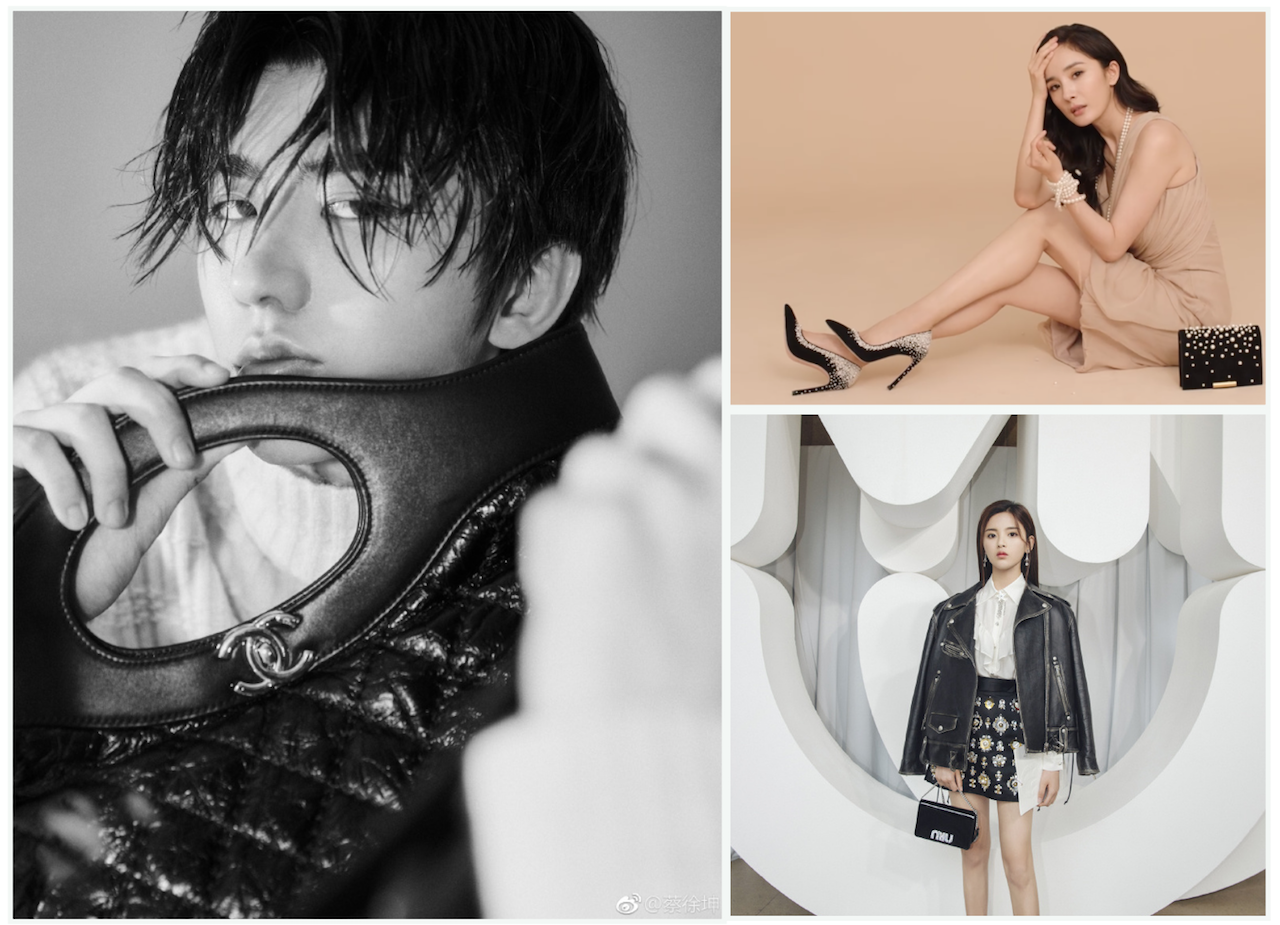Daigous, China’s personal shoppers who specialize in importing lower-priced luxury goods from the West, are witnessing a period of turmoil within their niche profession. The industry faced a “daigou crackdown” in Shanghai’s Pudong airport in September of 2018 and one Taobao daigou even received a ten-year jail sentence in November of that year, turning public opinion overwhelmingly against the industry overnight. Headlines predicting that the “Daigou business will soon disappear” and that “Daigou is dead” exploded across Chinese social media shortly thereafter.
But then, despite a country-wide government e-commerce law cracking down on daigou that went into effect early this year, a social media ban on the practice, and a move towards harmonization with western luxury prices, the daigou industry remained curiously strong. As one anonymous Milan-based luxury daigou told Jing Daily: “The government ban only affected the lower echelon of our industry. Those daigous who shop mass-market brands from Japan and South Korea suffered the most.” According to her, luxury-savvy Chinese customers still rely on daigous based in Europe to get the latest, limited-edition products from top brands, since they still see an average 30 percent price increase on those items inside China. In short, the daigou market is far from dead, contrary to what Chinese and Western media had predicted.
And although they’re surviving, daigous have been transforming the way they do business. Daigous in Europe, for instance, many of whom are studying there at prestigious universities, are making the shift away from solely acting as buyers to functioning as personal shoppers who offer style advice to wealthy Chinese customers back home. To keep things discreet, many daigous have created invitation-only group chats on WeChat where they can live-stream their store visits, market their product offers, and post celebrity-endorsed content to help build demand among their customers. Jing Daily was invited into two daigou-buyer group chats — one based in Milan and the other in Paris — to get an insider look at the current demand for luxury styles. Both daigous have disguised their usernames with emojis (to avoid suspicion on the platform) and are referred to here as “Milan daigou” and “Paris daigou.”
“Status Buys are still our bread and butter”#
According to the latest report from the creative agency Ogilvy China titled Making Luxury Brands Matter, affluent Chinese millennials now tend to dress to satisfy their inner selves rather than to impress others. Daigous, however, told us a very different story.
The Milan daigou said in her customer group that “Louis Vuitton, Hermés, and Chanel are still my bread and butter. Demand for these three top brands has never fluctuated, while other brands keep alternating.” Her customers agreed. One from Shenyang, a northeastern Chinese city, said, “I personally prefer more trendy brands like Givenchy or Balenciaga, but I need to have the luxury staples first.” By saying “luxury staples,” she meant items that act as status symbols like Louis Vuitton’s iconic totes, anything Hermés, and the Chanel 2.55 bag. These models are known as “入门款” (“luxury entries”) in millennial China, and the Shenyang customer noted, “These bags are a sort of social currency in the adult world.”
But changes are noticeable, albeit small ones. “In recent years, I have found more and more customers requesting fashion-forward pieces from Louis Vuitton such as Nano Noé and Boite Chapeau rather than the traditional icons like Neverfull or Speedy,” said the Milan daigou. So even though the demand for the luxury staple brands has remained steady over the years, today’s younger customers often opt for novelty in those brands rather than stick to the classics the way their parents’ generation would.
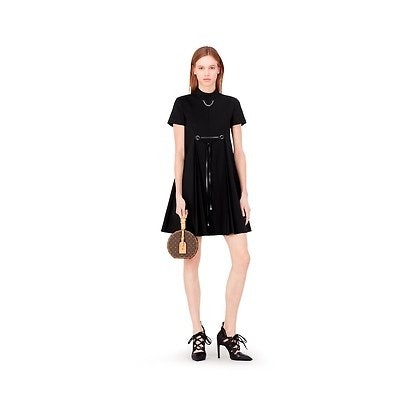
This same phenomenon has also been applied to another luxury staple, the watch brand Rolex. This iconic luxury brand, best known in China for its Submariner models, saw a huge surge in demand for its green model rather than its classic black one. “Five years ago, most customers only bought the black watch, but now people see it as a passé, or at least only for conservative middle-age businessmen,” said the Milan daigou. “Today my customers mostly ask me to get them the green one, because it’s more bold-looking and harder to get.”
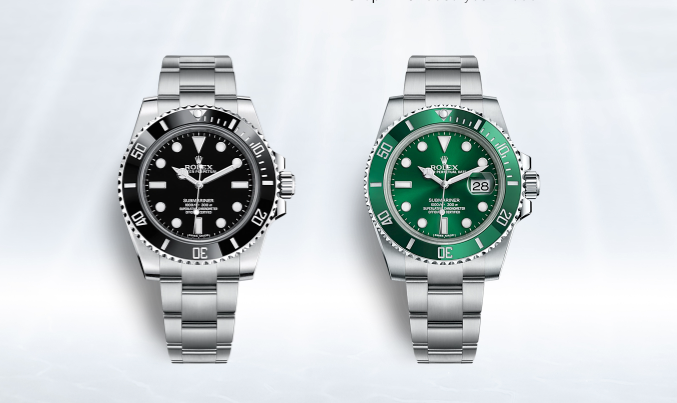
“People seek affordable luxury when it comes to clothes”#
“I am my customers’ trusted stylist, and they refer to my WeChat moments for inspiration,” said the Paris-based daigou. Her WeChat Moments feed consists mostly of herself trying on clothes in front of a fitting room mirror paired with an Instagram influencer’s more polished version wearing the same outfits. According to her, the Parisian group SMCP (Sandro, Maje, Claudie Pierlot) and the British label Self-Portrait are the most asked-for brands of the moment.
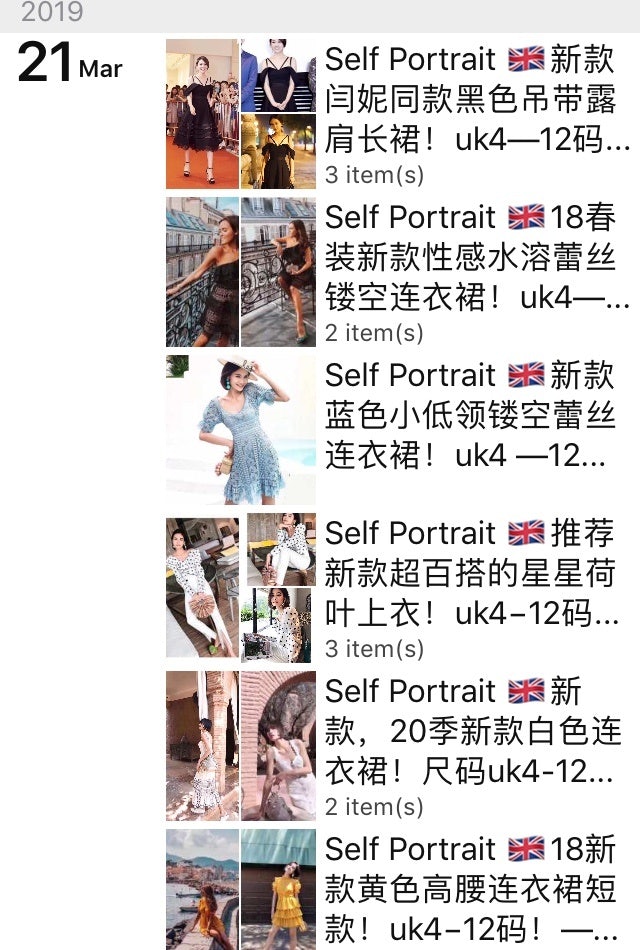
“轻奢 (Affordable luxury) brands like Sandro and Self-Portrait have been selling like hotcakes the last two years because they offer good value for the money,” she said. While marketing products to her customers, she often uses “欧美网红款” (“Western influencer favorite”) as a keyword. She told Jing Daily “Chinese women will save up to buy ultra-luxury bags, but they are willing to spend much less on clothes.” Chic styles, a strong influencer endorsement, and a premium-yet-not-over-the-top price point are all key elements for sales success, she added.
“Celebrity is the secret”#
When asked about their most effective sales method, both daigous answered with “celebrity.” “I can’t count the times when people have just sent me a paparazzi photo of Faye Wong wearing a Goyard tote and told me they wanted that,” said the Paris daigou. Because of that photograph of Chinese singer Faye Wong, demand for the French heritage leather brand Goyard has soared. With an incredibly strong celebrity culture, Chinese consumers tend to associate certain products with specific celebrities, like Faye Wong with Goyard and Fan Bingbing with LV’s Alma collection. “The word ‘明星同款’ (celebrity same style) is powerful at all times,” said the Milan daigou.
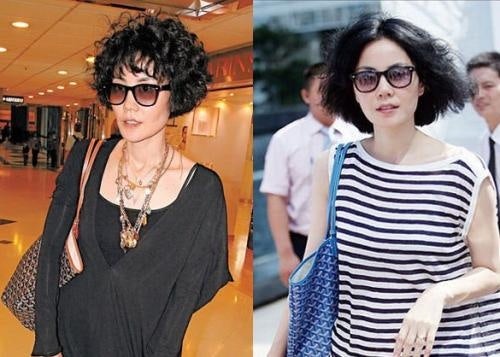
An insider glimpse into the world of daigou might not offer a complete picture of today’s Chinese luxury consumers, but it provides some practical insights for the luxury industry from a grass-roots level that official data reports and consumer surveys can’t always provide. And although brands’ decision makers often overlook them, daigous continue to hold tremendous power in influencing China’s richest and savviest consumer groups. Therefore, given the strength of China’s luxury spending power, brands would be wise to listen closely to these “grey market” voices and not just official sources.
